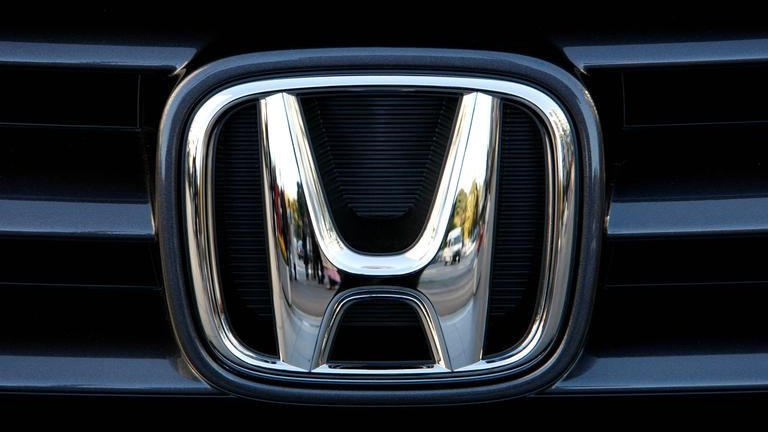Lahore, April 15: Honda is preparing to significantly restructure its North American manufacturing footprint in response to newly imposed U.S. auto tariffs.
According to a report by Nikkei, the Japanese automaker aims to produce 90% of the vehicles it sells in the U.S. within the country over the next few years.
A Strategic Pivot Driven by Tariffs
This production overhaul comes in light of the 25% tariff on imported vehicles announced by President Donald Trump.
The move has forced global automakers, including Honda, to revisit their supply chains. They intend to reduce reliance on foreign-built inventory.
Currently, the U.S. accounts for about 40% of Honda’s global vehicle sales, making it the company’s largest market.
Last year alone, Honda sold 1.4 million vehicles in the U.S.
Nearly 40% of those were imported from either Mexico or Canada.
Now, with tariffs reshaping the economic landscape, the shift toward domestic production seems not just strategic but essential.
From Mexico and Canada to U.S. Assembly Lines
Honda has already taken steps to localise its manufacturing. The company confirmed that its next-generation Civic hybrid will be built in Indiana instead of Mexico. This marks the beginning of its reshoring strategy.
Beyond the Civic, Honda plans to relocate assembly of the CR-V SUV from Canada and the HR-V SUV from Mexico to its U.S. facilities.
These moves are expected to contribute to a 30% increase in U.S. production over the next two to three years.
To accommodate this ramp-up, Honda is exploring ways to boost output, adding weekend shifts, increasing staffing, and even moving to a three-shift schedule at some plants, as reported by Nikkei.
Workforce Growth and Market Adaptation
As Honda expands domestic manufacturing, the ripple effect is likely to include job creation and plant expansion across key states.
Read more: Honda Bringing Hybrid Electric Vehicles to Pakistan Soon
These shifts not only support Honda’s long-term goals in the U.S. but also help ensure tariff compliance and logistics efficiency.
With the auto industry navigating a new era of regionalism and protectionism, Honda’s approach offers a blueprint for balancing global strategy with local responsiveness.
What’s Next for Honda?
The company’s accelerated push for U.S.-based production underlines a larger industry trend: supply chain localisation in an era of economic nationalism.
Read more: Honda Pakistan First-Ever CBU Exports of 40 Units to Japan
As the Civic hybrid and other models begin rolling off U.S. assembly lines, Honda will be better positioned to weather trade disruptions. It might even meet growing demand from American consumers.
As other automakers watch closely, Honda’s proactive response could set the tone for manufacturing in a post-tariff world.
